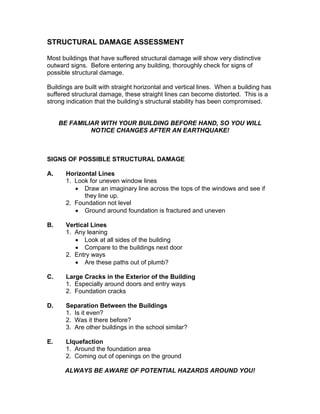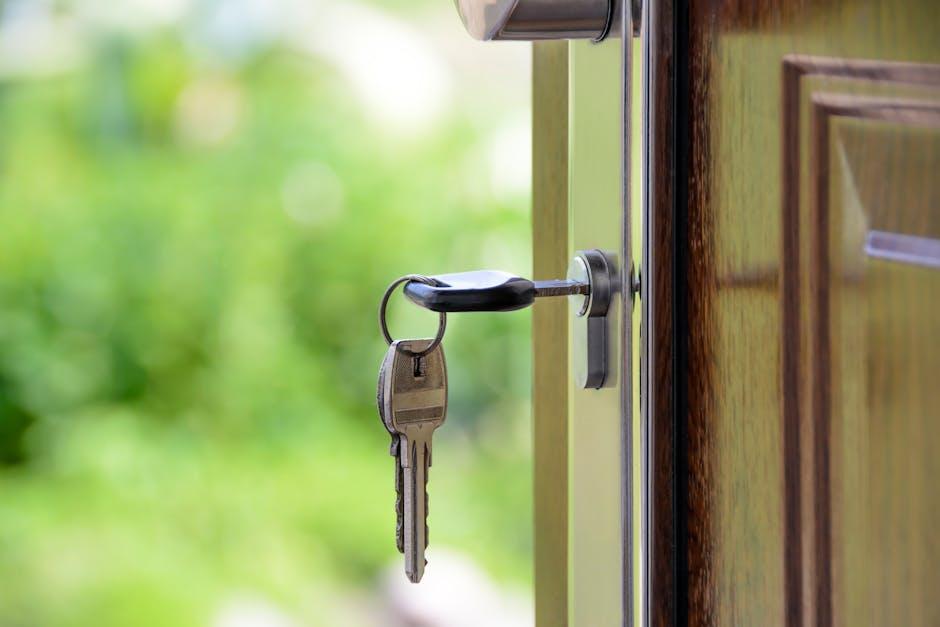When faced with the unsettling reality of structural damage to your home, understanding how to navigate the claims process is crucial to ensuring timely repairs and financial recovery. This guide provides a comprehensive overview of the steps necessary to file a successful claim for structural damage, empowering homeowners with the knowledge needed to effectively communicate with insurance providers and contractors. By adhering to this structured approach, you can minimize stress and maximize your claim’s potential, safeguarding your investment and restoring your home to its former integrity. Whether dealing with damage from natural disasters, accidents, or gradual deterioration, this article will equip you with the tools to advocate for your rights and secure the compensation you deserve.
Understanding Your Insurance Policy and Coverage
When it comes to navigating the complexities of your insurance policy, it’s crucial to have a clear understanding of what your coverage entails, especially when dealing with structural damage to your home. Start by carefully reviewing your policy documents to identify the types of damage covered. Look for terms like “dwelling coverage” or “structural coverage”, which typically protect the physical structure of your home, including walls, roofs, and foundations. It’s important to be aware of any exclusions or limitations that might affect your claim. Make a note of key details such as deductibles, coverage limits, and any specific conditions that must be met for a claim to be valid.
- Examine your policy: Ensure you know what types of structural damage are covered.
- Understand exclusions: Be aware of any specific scenarios that might void your coverage.
- Check deductibles and limits: Know how much you’ll need to pay out-of-pocket before insurance kicks in.
- Document everything: Maintain a detailed record of the damage with photos and written descriptions.
By understanding these elements, you position yourself to efficiently navigate the claims process. If you find discrepancies or have questions, don’t hesitate to reach out to your insurance provider for clarification. Being well-prepared ensures that you can advocate effectively for your claim, securing the financial support needed to restore your home.
Documenting Damage with Precision and Thoroughness
When it comes to filing a claim for structural damage to your home, the importance of precise and thorough documentation cannot be overstated. Start by capturing high-resolution photographs of all affected areas, ensuring that each image clearly depicts the extent of the damage. Use a ruler or other measuring device in photos to provide a sense of scale. Videos can also be invaluable, offering a comprehensive view of the damage in real-time.
- Record every detail: Create a detailed list of damaged items and structures, noting the make, model, and approximate value where applicable.
- Keep all receipts and estimates: Collect receipts for any emergency repairs or temporary accommodations, and obtain written estimates for repair costs from licensed contractors.
- Document conversations: Maintain a log of all communications with your insurance company, including dates, times, and summaries of each discussion.
Additionally, reviewing your insurance policy can help you identify specific documentation requirements, ensuring that nothing is overlooked. By assembling a comprehensive record of the damage, you not only streamline the claims process but also bolster your position in securing a fair settlement.

Navigating the Claims Process with Confidence
Filing a claim for structural damage can feel overwhelming, but understanding the process can empower you to navigate it with ease. Start by gathering all necessary documentation, including photographs of the damage, a detailed list of affected areas, and any relevant receipts or estimates for repairs. Ensure you review your insurance policy thoroughly to comprehend what is covered and what might be excluded. Contact your insurance company promptly to report the damage and initiate the claim process. Be prepared to provide them with the documentation you’ve collected and any additional information they request.
Once the claim is filed, stay proactive by maintaining regular communication with your insurance adjuster. This can help ensure that your claim progresses smoothly and any issues are addressed swiftly. Consider these key points to keep in mind:
- Document all interactions: Keep a log of all communications with your insurer, including dates, times, and the names of representatives you speak with.
- Follow up diligently: Don’t hesitate to follow up if you haven’t heard back within a reasonable timeframe.
- Understand your policy terms: Familiarize yourself with the terms and conditions of your policy to avoid surprises.
- Seek professional advice: If the process becomes too complex, consider consulting a public adjuster or an attorney who specializes in insurance claims.
Maximizing Your Settlement through Effective Negotiation
Securing the best possible settlement for your structural damage claim requires a strategic approach. First, gather all necessary documentation, such as inspection reports, repair estimates, and photographs of the damage. Comprehensive evidence is crucial in establishing the extent of the damage and the associated costs.
During negotiations, it’s essential to adopt a proactive stance. Consider the following tactics to enhance your position:
- Know Your Policy: Understand the coverage details and limits of your insurance policy. This knowledge empowers you to challenge any lowball offers confidently.
- Leverage Expert Opinions: Having an independent structural engineer or contractor provide an assessment can add significant weight to your claim.
- Be Prepared to Compromise: While aiming for the best outcome, be open to reasonable compromises that still reflect the true value of the damage.
By being well-prepared and assertive, you can effectively steer negotiations in your favor, ensuring you receive a settlement that truly addresses your home’s needs.

